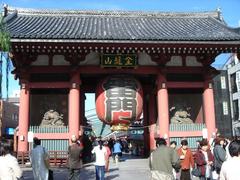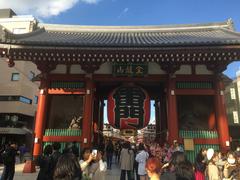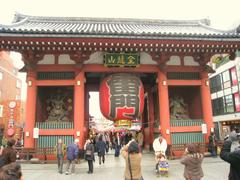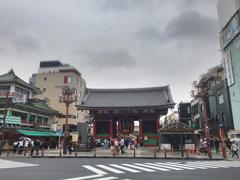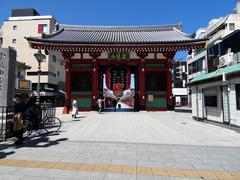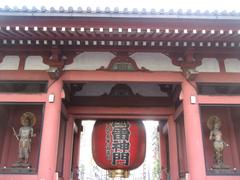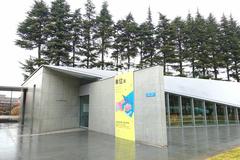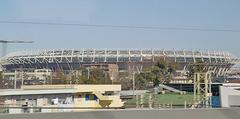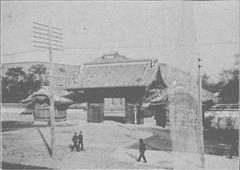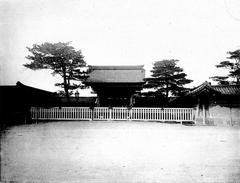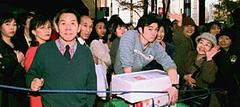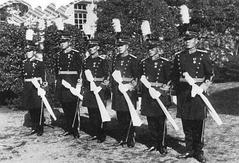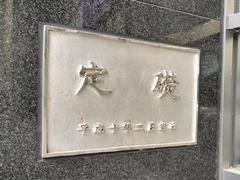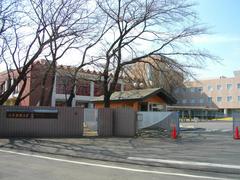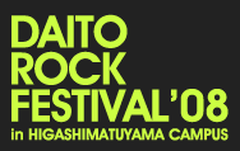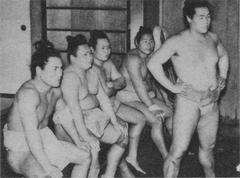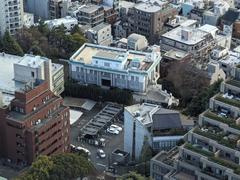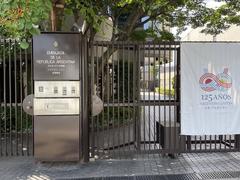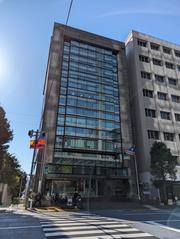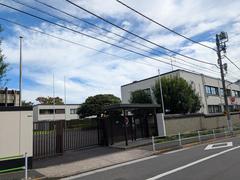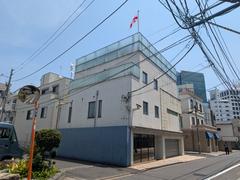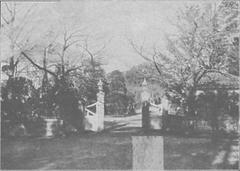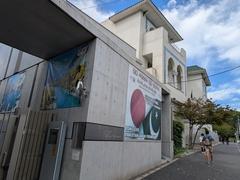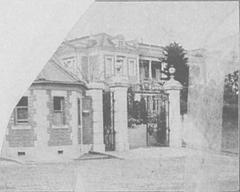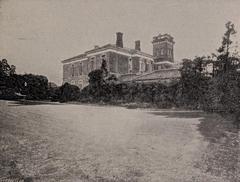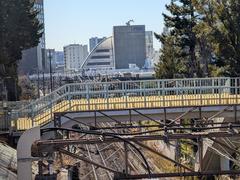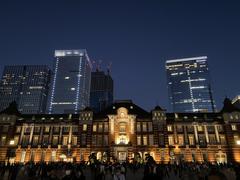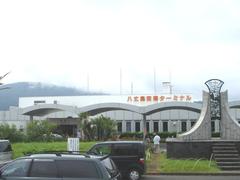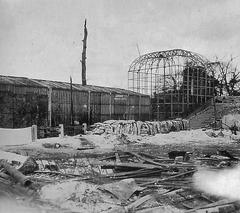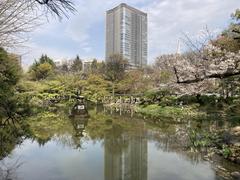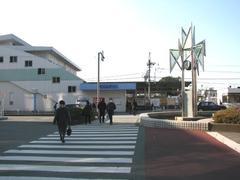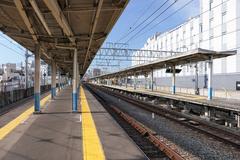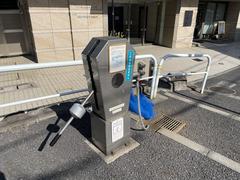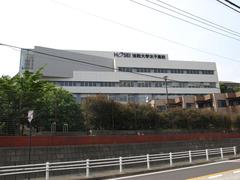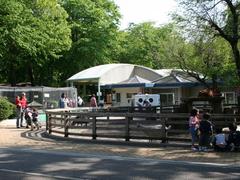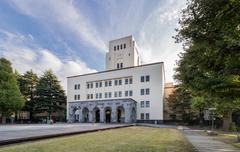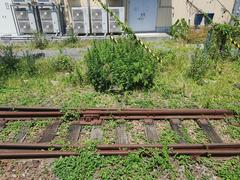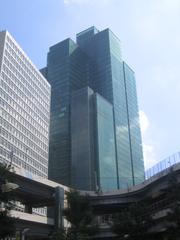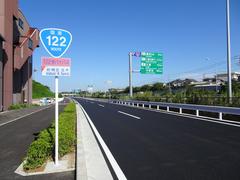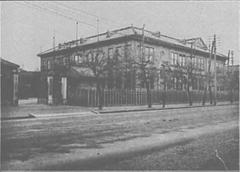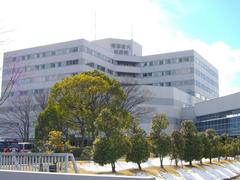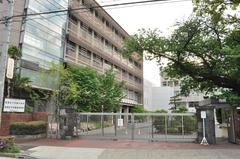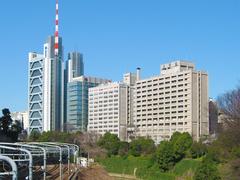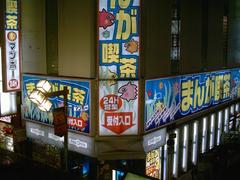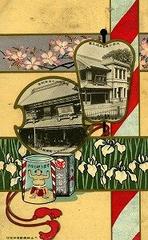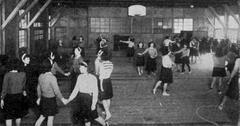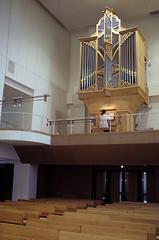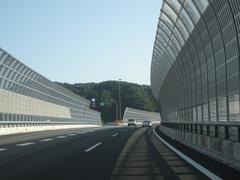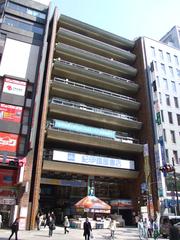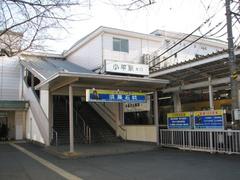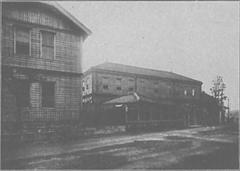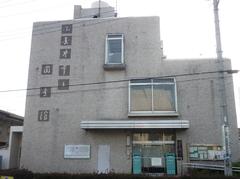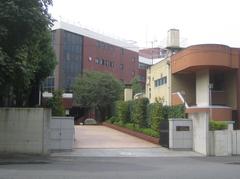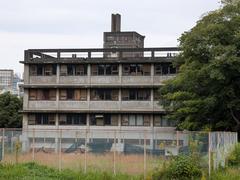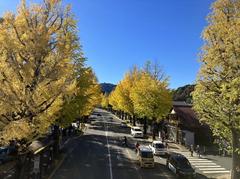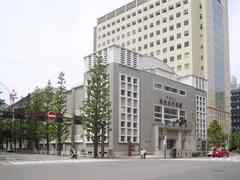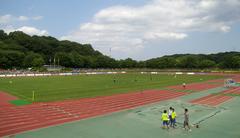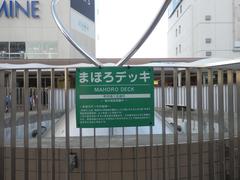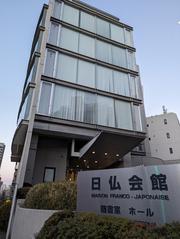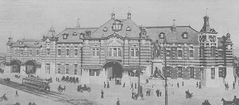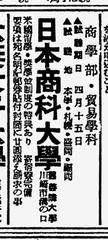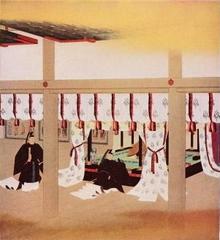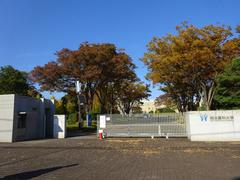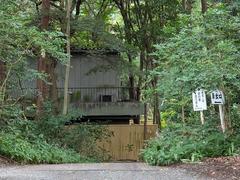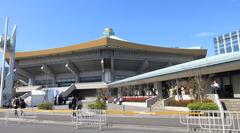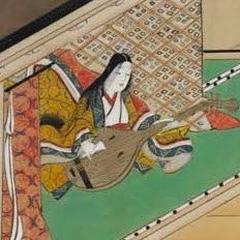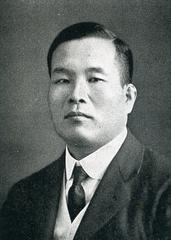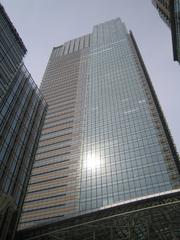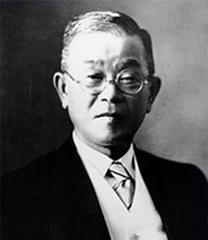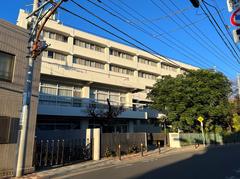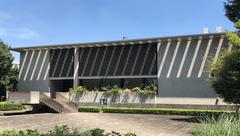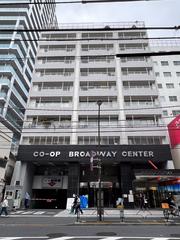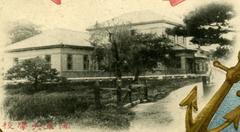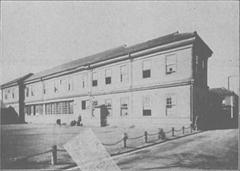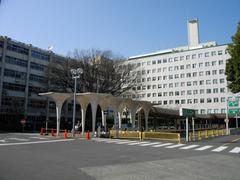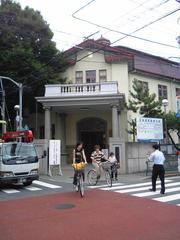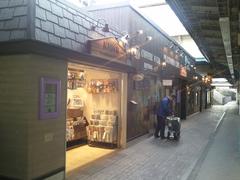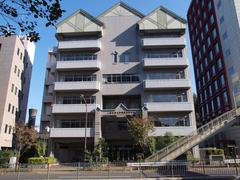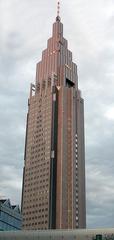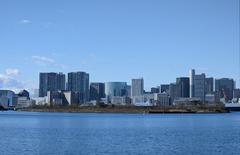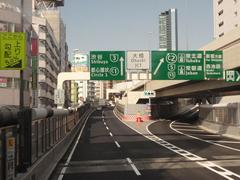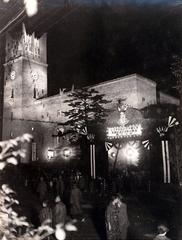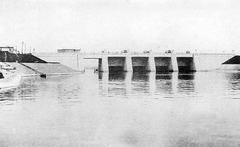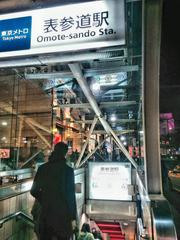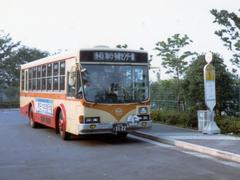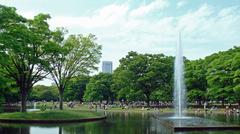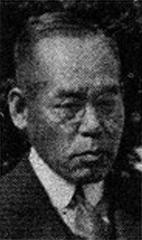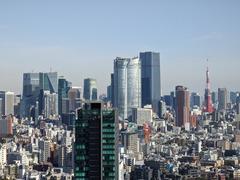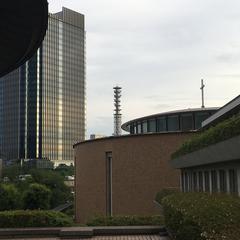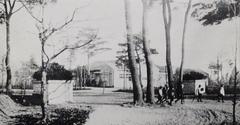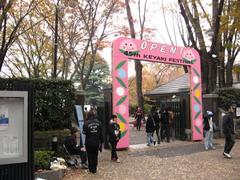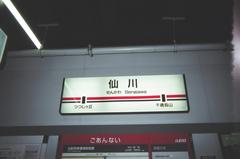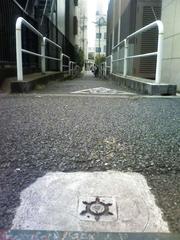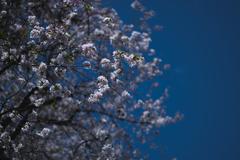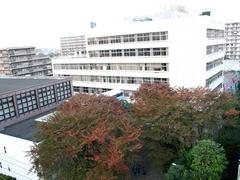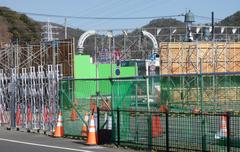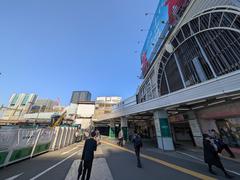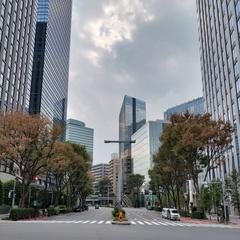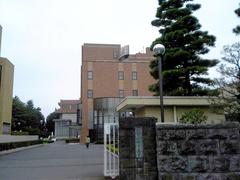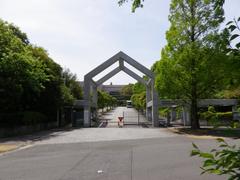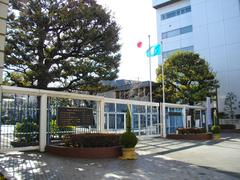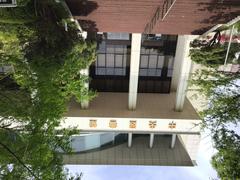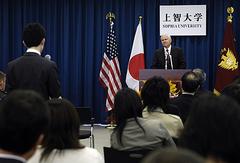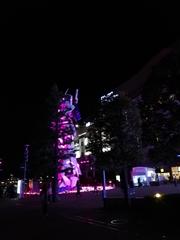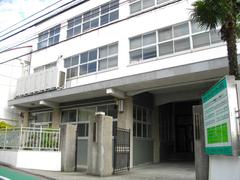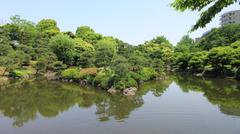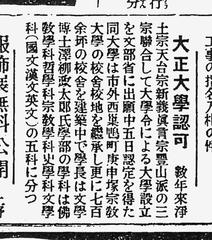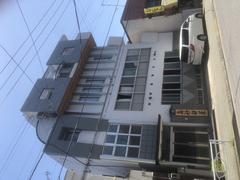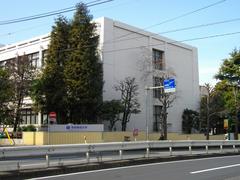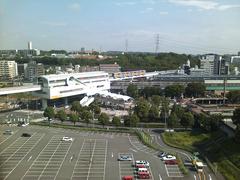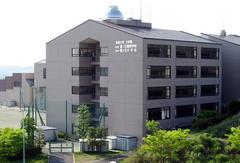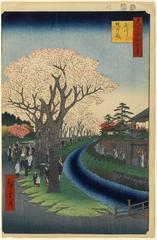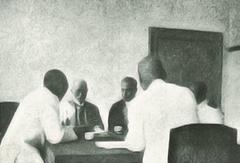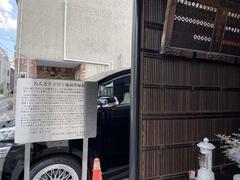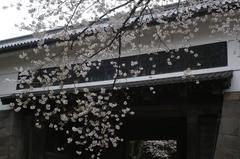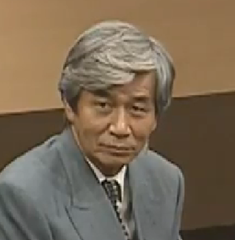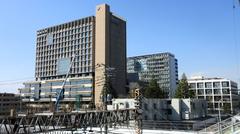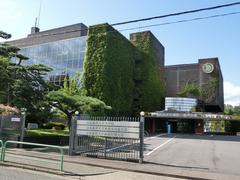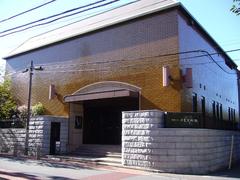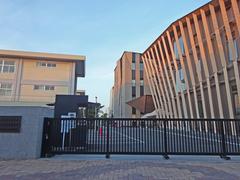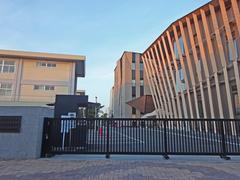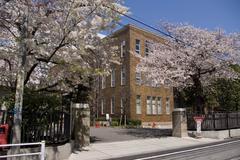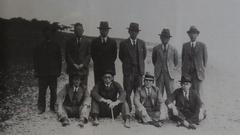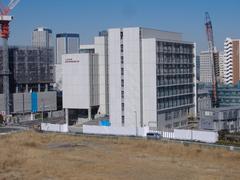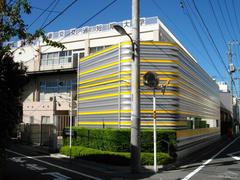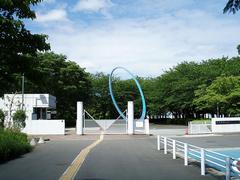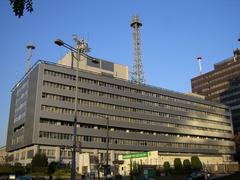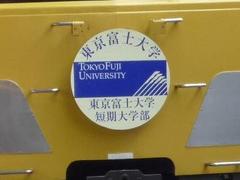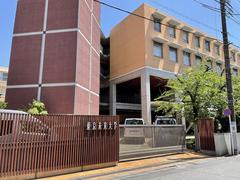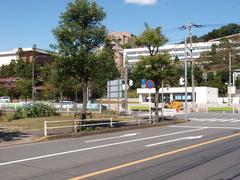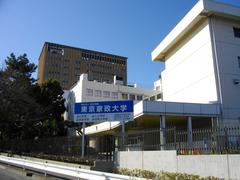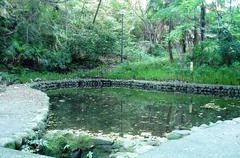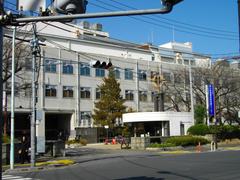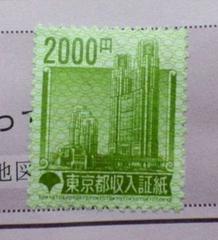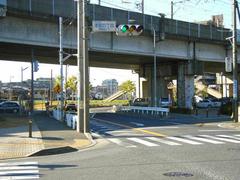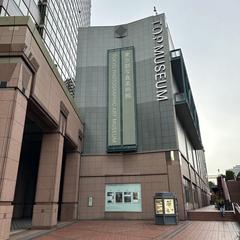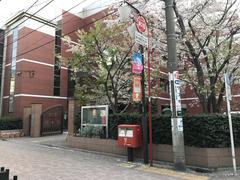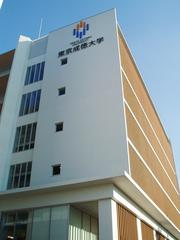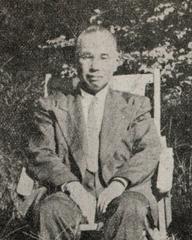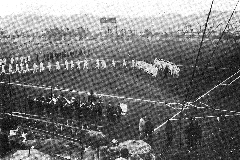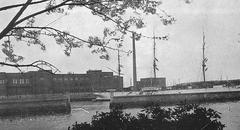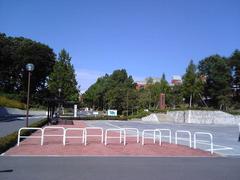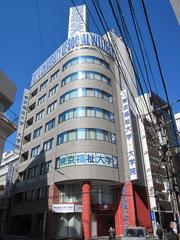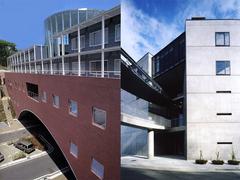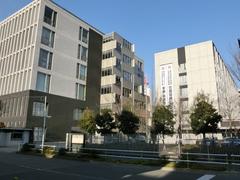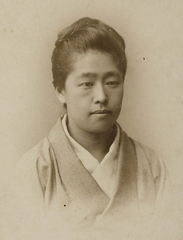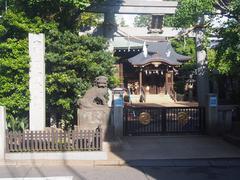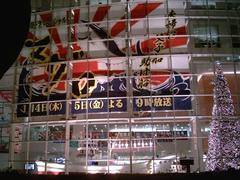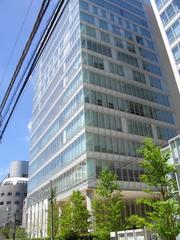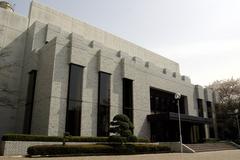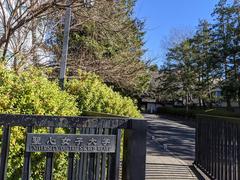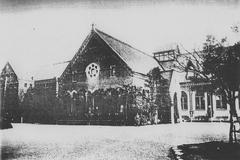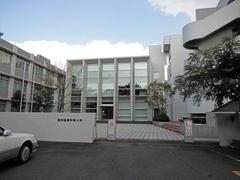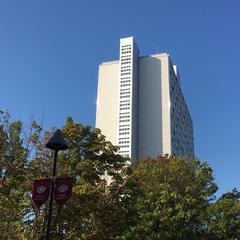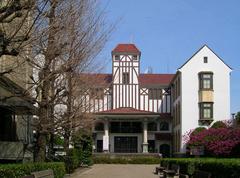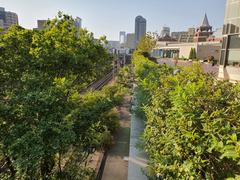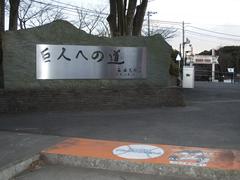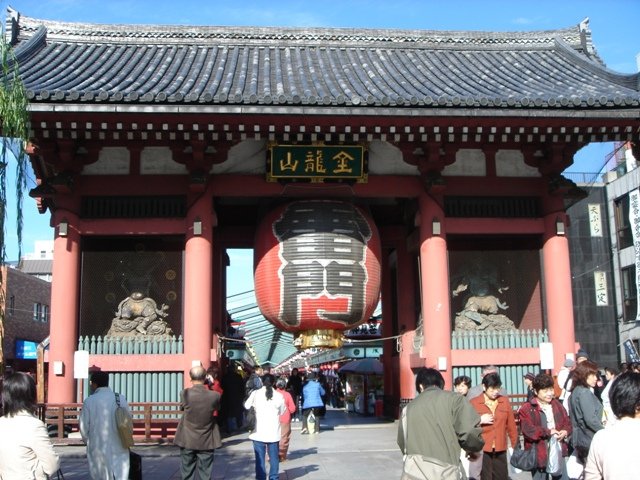
Visiting Kinryuzan Senso-ji: A Comprehensive Guide to Tokyo’s Historic Temple
Publishing Date: 17/07/2024
Introduction to Kinryuzan Senso-ji
Sensō-ji Temple, also known as Kinryūzan Sensō-ji or Asakusa Kannon Temple, stands as Tokyo’s oldest and most iconic Buddhist temple. Nestled in the heart of Asakusa, this temple draws millions of visitors annually, making it a pivotal cultural and historical landmark. Established in 645 CE, Sensō-ji’s origins are deeply rooted in legend. The temple’s story begins in 628 CE when two fishermen, Hinokuma Hamanari and Hinokuma Takenari, found a golden statue of Kannon, the Buddhist Goddess of Mercy, in the Sumida River. Despite their efforts to return it, the statue always reappeared, prompting them to present it to the village headman, who enshrined it in his home (Japan Guide, Go Tokyo). This legend marks the inception of Sensō-ji, which has since evolved into a beacon of spirituality and cultural heritage.
Over the centuries, Sensō-ji has weathered numerous adversities, including fires, earthquakes, and the devastations of World War II. Each restoration has reinforced its symbolism of resilience and hope. Today, the temple complex, featuring architectural marvels like the Thunder Gate (Kaminarimon) and the five-storied pagoda, offers a harmonious blend of historical reverence and vibrant modernity. Sensō-ji is not just a site of religious significance; it is a dynamic cultural hub, hosting various festivals such as the Sanja Matsuri and the Asakusa Samba Carnival, which draw immense crowds and spotlight traditional Japanese culture (Go Tokyo, Asakusa Samba Carnival).
This comprehensive guide aims to provide an in-depth exploration of Sensō-ji Temple, covering its historical background, cultural significance, visitor information, travel tips, and nearby attractions. Whether you’re a history buff, a cultural enthusiast, or a curious traveler, Sensō-ji Temple promises an enriching experience that captures the essence of Tokyo’s spiritual and cultural heritage.
Table of Contents
- Introduction
- Historical Background and Cultural Significance
- Visitor Information
- Festivals at Sensō-ji Temple
- Architectural Marvels
- Accessibility
- FAQ
- Conclusion
Exploring Sensō-ji Temple - History, Visiting Hours, and Travel Tips
Historical Background and Cultural Significance
Sensō-ji Temple, with its origins tracing back to 645 CE, is steeped in legend and history.
The Legend of the Golden Statue
In 628 CE, two brothers, Hinokuma Hamanari and Hinokuma Takenari, discovered a golden statue of Kannon, the Buddhist Goddess of Mercy, while fishing in the Sumida River. Despite their attempts to return it, the statue kept returning to them. Recognizing its spiritual significance, they presented it to the village headman, Hajino Nakamoto, who enshrined it in his home (Japan Guide).
Founding of Sensō-ji Temple
In 645 CE, the priest Shokai arrived in Asakusa and formally enshrined the statue within a temple, declaring it a ‘hibutsu’ (hidden Buddha). This established Sensō-ji as a sacred pilgrimage site.
Sensō-ji Through the Ages
Sensō-ji flourished during the Edo period (1603-1868) under the patronage of the Tokugawa shogunate. Despite challenges like fires, earthquakes, and World War II air raids, the temple was rebuilt each time, symbolizing resilience and hope.
Cultural Significance
Sensō-ji is a vibrant cultural hub and a symbol of Tokyo’s heritage.
Kannon, the Goddess of Mercy
The revered statue of Kannon draws countless pilgrims seeking compassion and blessings.
A Fusion of Faith and Daily Life
The temple grounds, bustling with shops on Nakamise-dori, blend religious devotion with daily life, serving as a place for spiritual and social interactions.
Festivals and Events
Sensō-ji hosts numerous festivals, including the famous Sanja Matsuri in May, featuring mikoshi parades and traditional performances, embodying community spirit.
A Symbol of Resilience and Renewal
The temple’s history of overcoming adversity resonates with the Japanese spirit, standing as a beacon of hope and cultural heritage.
Visitor Information
Planning your visit to Sensō-ji Temple involves knowing key details.
Visiting Hours and Tickets
- Visiting Hours: Sensō-ji Temple is open daily from 6:00 AM to 5:00 PM.
- Tickets: Entrance to the temple grounds is free, but donations are welcome.
Travel Tips
- Getting There: Easily accessible via Asakusa Station on the Ginza, Asakusa, and Tobu lines.
- Best Time to Visit: Early mornings or weekdays to avoid crowds.
- Photography Spots: Capture the Kaminarimon Gate, the five-storied pagoda, and the main hall for stunning photos.
Nearby Attractions
- Asakusa Culture and Tourist Information Center: Offers insights into local attractions and events.
- Sumida Park: Perfect for a relaxing stroll along the Sumida River.
- Tokyo Skytree: A short distance away, offering panoramic views of Tokyo.
Special Events and Guided Tours
- Guided Tours: Available in multiple languages, offering deeper insights into the temple’s history and significance.
- Special Events: Check the temple’s official website for updates on events and festivals.
FAQ
Q: Are there any entrance fees for Sensō-ji Temple?
A: No, entrance to the temple is free, though donations are appreciated.
Q: What are the best times to visit Sensō-ji Temple?
A: Early mornings or weekdays are ideal to avoid the crowds.
Q: Is photography allowed at Sensō-ji Temple?
A: Yes, photography is allowed, but be respectful of worshippers and avoid using flash inside the main hall.
Conclusion
Sensō-ji Temple offers a rich blend of history, culture, and spirituality. Whether you’re seeking a peaceful retreat, cultural immersion, or simply a picturesque spot, Sensō-ji has something for everyone. Plan your visit today and experience the timeless charm of Tokyo’s oldest temple.
Stay updated with our latest travel tips and guides by following us on social media and downloading the Audiala mobile app for more travel inspiration.
Festivals at Sensō-ji Temple
Sensō-ji Temple, with its rich history and cultural significance, is a vibrant hub for traditional Japanese festivals throughout the year. These events offer a unique opportunity to witness Japanese culture firsthand and experience the temple’s spiritual atmosphere at its peak.
Sanja Matsuri
Held on the third weekend of May, the Sanja Matsuri (Go Tokyo) is Sensō-ji’s largest and most energetic festival, attracting millions of visitors over three days. The festival commemorates the temple’s founding by honoring the three fishermen who found the Kannon statue.
Highlights of the Sanja Matsuri:
- Mikoshi Parade: The highlight of the festival is the grand parade of over 100 portable shrines called “mikoshi,” believed to be temporary vessels for the deities. These elaborately decorated mikoshi are carried through the streets, accompanied by traditional music and dancing, creating an electrifying atmosphere.
- Geisha Performances: During the festival, you can witness traditional Geisha performances in the streets surrounding the temple.
- Food Stalls: The festival grounds are filled with countless food stalls offering a wide variety of traditional Japanese festival food and drinks, adding to the festive spirit.
Asakusa Samba Carnival
Held annually in late August, the Asakusa Samba Carnival (Asakusa Samba Carnival) injects a vibrant dose of Brazilian energy into the traditional atmosphere of Asakusa. While not directly affiliated with Sensō-ji Temple, the carnival takes place on the streets surrounding the temple, making it a convenient and exciting addition to your visit if you’re in town during the festivities.
Highlights of the Asakusa Samba Carnival:
- Samba Parade: Witness the dazzling parade of elaborately costumed samba dancers and musicians, showcasing the infectious rhythms and vibrant colors of Brazil.
- Music and Dance: Enjoy live music and dance performances throughout the carnival, experiencing the energy and passion of Brazilian culture.
Other Notable Events
Throughout the year, Sensō-ji Temple hosts numerous other events and ceremonies, offering a glimpse into Japanese religious practices and traditions:
- Hatsumōde (January 1st): Witness the first temple visit of the year, with large crowds gathering to pray for good fortune in the coming year.
- Setsubun (February 3rd): Participate in the traditional bean-throwing ceremony to ward off evil spirits and welcome good luck.
- Hagoita-ichi (December 17th-19th): Browse the vibrant Hagoita Market, where elaborately decorated wooden paddles are sold, representing good luck charms and traditional toys.
Nearby Attractions
Sensō-ji Temple’s location in the heart of Asakusa places it within walking distance of several other prominent attractions, making it easy to combine your temple visit with other cultural experiences.
Nakamise-dori Street
Leading up to Sensō-ji Temple, Nakamise-dori is a bustling shopping street lined with traditional shops selling souvenirs, local crafts, traditional snacks, and clothing. Take your time browsing the unique offerings and soak in the lively atmosphere.
Highlights of Nakamise-dori:
- Souvenir Shopping: Find a wide array of souvenirs, from traditional Japanese crafts like fans and kimonos to lucky charms and keychains.
- Local Snacks: Indulge in local delicacies like “melon pan” (sweet melon-shaped bread), “ningyo-yaki” (small cakes filled with red bean paste), and “dango” (sweet rice dumplings).
Sumida River and Tokyo Skytree
A short walk from Sensō-ji Temple will take you to the banks of the Sumida River, offering picturesque views of the Tokyo Skytree, the tallest structure in Japan. Take a stroll along the riverbank, enjoy a boat cruise, or head up the Skytree for panoramic city views.
Highlights of Sumida River and Tokyo Skytree:
- River Cruise: Enjoy a relaxing cruise along the Sumida River, offering unique perspectives of the city skyline and its bridges.
- Panoramic Views: Ascend the Tokyo Skytree for breathtaking 360-degree views of Tokyo, extending as far as Mount Fuji on a clear day.
Other Nearby Attractions
- Asakusa Engei Hall: Experience traditional Japanese entertainment at this historic theater, known for its “rakugo” (comic storytelling) performances.
- Hanayashiki Amusement Park: Visit Japan’s oldest amusement park, offering a nostalgic atmosphere and traditional rides.
- Edo-Tokyo Museum: Delve into the history of Tokyo at this museum, showcasing the city’s transformation from the Edo period to the present day.
Accessibility
Sensō-ji Temple is committed to being accessible to all visitors. Ramps and elevators are available for those with mobility challenges, ensuring everyone can enjoy the temple’s beauty and serenity.
Visitor Information
Getting There
- By Train: The nearest station is Asakusa Station, served by the Ginza Subway Line, Asakusa Subway Line, and Tobu Railway Lines.
- By Bus: Several bus lines stop near Sensō-ji Temple, including the Toei Bus and the Tokyo Metropolitan Bureau of Transportation buses.
Hours of Operation
- Temple Grounds: Open 24 hours daily.
- Main Hall: Open daily from 6:00 AM to 5:00 PM (hours may vary seasonally).
Admission
- Free admission to the temple grounds.
Visitor Tips
- Respectful Attire: While there is no strict dress code, it’s respectful to dress modestly when visiting religious sites.
- Footwear Etiquette: Be prepared to remove your shoes before entering the temple’s main hall and other designated areas.
- Photography: Photography is generally allowed on the temple grounds, but flash photography and tripods may be restricted in certain areas.
- Crowds: Sensō-ji Temple is a popular attraction, so expect crowds, especially during weekends and holidays. Arriving early in the morning or on weekdays can offer a more tranquil experience.
- Incense Burning: If you choose to burn incense, be mindful of others and follow the designated areas and procedures.
- Souvenir Shopping: Allow ample time for browsing the shops along Nakamise-dori Street, as there are many unique and traditional items to discover.
- Food Stalls: Sample the variety of food and drinks offered at the stalls around the temple, experiencing the flavors of Japanese festival cuisine.
- Language: While English signage is available throughout the temple grounds and surrounding areas, learning a few basic Japanese phrases can enhance your interactions with locals.
Frequently Asked Questions (FAQ)
Q: What are the visiting hours for Sensō-ji Temple?
A: The temple grounds are open 24 hours daily, while the Main Hall is open from 6:00 AM to 5:00 PM, with hours varying seasonally.
Q: Are there guided tours available at Sensō-ji Temple?
A: Yes, guided tours are available. Check with local tour operators or the temple’s official website for more details.
Q: How do I get to Sensō-ji Temple?
A: The nearest station is Asakusa Station, served by the Ginza Subway Line, Asakusa Subway Line, and Tobu Railway Lines. Several bus lines also stop near the temple.
Q: Is there an admission fee to enter Sensō-ji Temple?
A: No, admission to the temple grounds is free.
Summary and Final Thoughts
Sensō-ji Temple, with its profound historical roots and enduring cultural significance, remains a cornerstone of Tokyo’s spiritual and cultural landscape. From its legendary inception in 645 CE to its resilience through natural and human-made disasters, the temple stands as a testament to the enduring spirit of the Japanese people. Visitors to Sensō-ji can immerse themselves in a rich tapestry of history, spirituality, and cultural vibrancy. The temple’s architectural splendor, epitomized by the Kaminarimon Gate and the five-storied pagoda, offers a glimpse into the artistic and religious heritage of Japan.
The bustling Nakamise-dori street, leading up to the temple, encapsulates the seamless blend of faith and daily life, with shops offering traditional crafts, souvenirs, and local delicacies. Festivals like the Sanja Matsuri and the Asakusa Samba Carnival further elevate the temple’s cultural significance, drawing millions of visitors and highlighting the communal spirit of the local populace (Go Tokyo, Asakusa Samba Carnival). Nearby attractions such as the Sumida River and the Tokyo Skytree provide additional layers of exploration, making a visit to Sensō-ji a multifaceted experience.
As you plan your visit, consider the practical travel tips and visitor information provided in this guide to enhance your experience. From early morning visits to avoid crowds to exploring guided tours that offer deeper insights, Sensō-ji Temple caters to diverse interests and preferences. Ultimately, a visit to Sensō-ji is not just a journey through a historical site; it is an immersive experience that captures the timeless charm and cultural richness of Tokyo’s oldest temple. To stay updated on the latest travel tips and cultural insights, download our mobile app Audiala and follow us on social media.
References
- Exploring Sensō-ji Temple - History, Visiting Hours, and Travel Tips, 2023, Japan Guide (source)
- Exploring Sensō-ji Temple - Visiting Hours, Tickets, and Architectural Wonders in Tokyo, 2023, Go Tokyo (source)
- Complete Guide to Sensō-ji Temple - Festivals, Nearby Attractions, and Visitor Information, 2023, Asakusa Samba Carnival (source)
